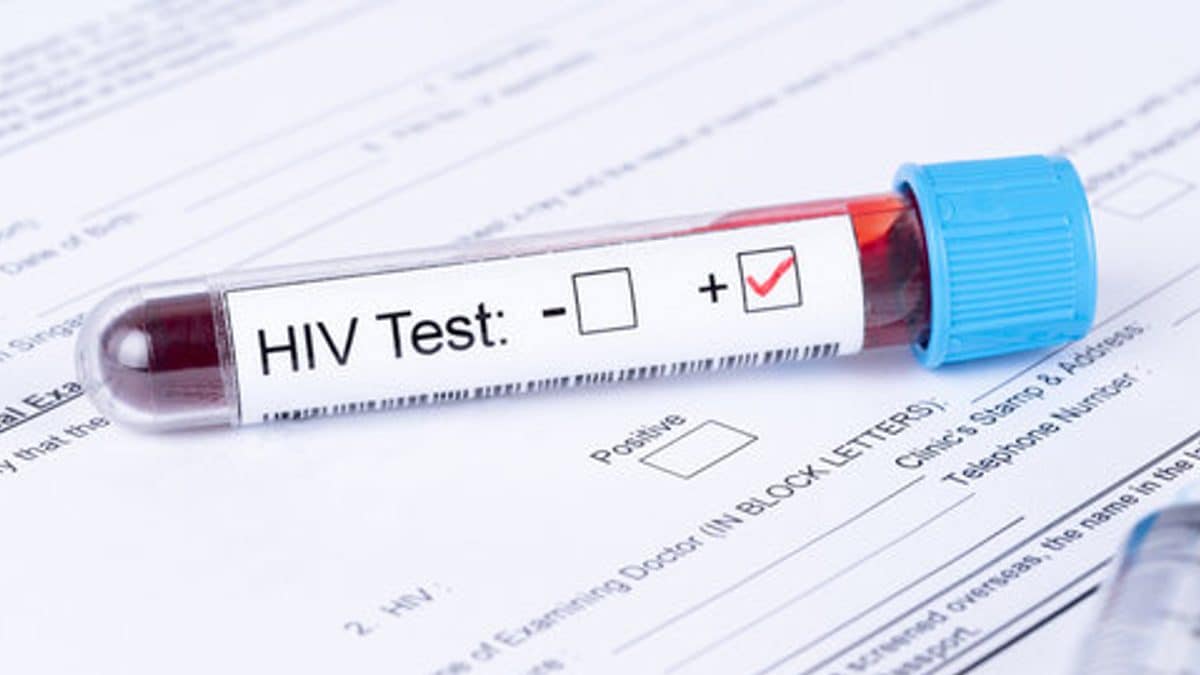[ad_1]

According to WHO data from 2020, 16.7 million men worldwide are among the 37.7 million people living with HIV.
HIV, its causes, symptoms, and prevention are thoroughly explained by Dr. Jayashree Nagaraj Bhasgi, Senior Consultant, Obstetrics & Gynaecology, Fortis Hospital, Richmond Road, Bengaluru. To learn everything, read this article.
HIV – Human Immunodeficiency Virus a retro virus is believed to come originally from chimpanzees in West Africa in 1930 ‘s and that it was transmitted to humans through transfer of blood through hunting and then over decades the virus spread throughout Africa and other parts of the world only to be discovered in 1981 in the USA when unusually high rates of rare forms of pneumonia and cancer in young gay men was seen. It was labelled Gay Related Immune Deficiency -GRID then.
In 1982 the disease was renamed as AIDS. It was also observed that many women were infected with the virus and that it was being transferred to the babies during pregnancy and delivery.
According to 2020 WHO data 37.7 million globally are living with HIV of which 16.7 million are men , 19.3 million are women amongst which 1.3 million are pregnant women and 1.7 million cases are children under 15 years of age.
The virus was found to transmit through-
- Blood and body fluids..semen and vaginal fluids.
- Unprotected intercourse with an infected person whether vaginal ,Oral or Anal is a risk factor.
- Sharing of needles and shaving blades(accidental cuts) of infected drug addicts is another risk factor.
- Usage of infected surgical blades and injection needles, not the disposable ones risks infection not anymore since disposable syringes and blades are being used.
- Trans placental transfer from the infected pregnant mother to her baby during pregnancy and delivery
- Tattooing and body piercing in unsterile conditions risks transmission .
HIV doesn’t spread by shaking hands, working together, eating together, using toilet seats, door knob or dishes.
Once in the blood the HIV attacks the helper T cells (CD 4 cell) which is very important for body defense mechanisms. The virus then uses the machinery of the CD 4 cell to multiply and spread throughout the body and thereby the body s defense system starts collapsing because the CD 4 cell dies thereafter and the person becomes prone to diseases.
Symptoms Include..
- Once infected in the initial stage the patient has short flu like illness which lasts from one to six weeks.
- Symptoms like fever, sore throat , muscle pain, joint pain, rash on skin, nausea, vomitting, diarrhoea, mouth ulcers , fatigue, genital ulcers are a few.
- In most these symptoms gradually resolve over a few weeks and some patients may have mild symptoms or none. this is a period of latency and can last for ten years.
The virus ‘s progressive attack causes damage of the immune system and the system is unable to protect the person from other serious infections when the HIV infection is termed AIDS. Here the laboratory tests will show high viral load and reduced CD 4 cell count.
- Some symptoms of AIDS are oral thrush, tiredness, headaches, dry cough, weight loss, diarrhoea on and off, loosing muscle strength etc.
- HIV positive patients can easily contract infections like COVID , Hepatitis B and C and also Tuberculosis and opportunistic infections like Fungal infections
- Patients with HIV infection and AIDS are also known to have Kaposi’s sarcoma, on Hodgkin’s lymphoma, oral , pharyngeal, anal cancers, lung and liver cancers.
In 1980’s the average life expectancy following an AIDS diagnosis was one year approximately. Anti retro viral therapy (ART )has transformed the HIV infection from an almost fatal infection to a manageable chronic condition. Today with combination of anti retro viral drugs started earlier in the course of HIV infection people living with HIV can expect a near normal life span
Prevention Involves..
- Avoiding risky sexual behavior.
- Avoiding multiple sexual partners and using condoms for preventing transmission.
- Avoid sharing needles and blades of infected drug abusers.
- Avoid tattooing and body piercing in unsafe conditions
- Getting tested for HIV and other STD s
- Persons already HIV positive including pregnant women should continue to take ART regularly.
Planned cesarean section reduces the risk of viral transmission to the baby when compared to a normal delivery specially when the viral load is more or unknown.
Babies of HIV mothers receive ART for 4 to 6 weeks. Breast feeding is discouraged in HIV positive mothers who are not adhering to ART treatment. Covid vaccination is encouraged in these patients. HIV patients are prone to depression anxiety and stress. Suicidal thoughts are not uncommon .Joining support groups , meditation ,yoga, deep breathing are encouraged. Good food, adequate rest and sleep is a must for the immune system to recover.
[ad_2]
Source link





